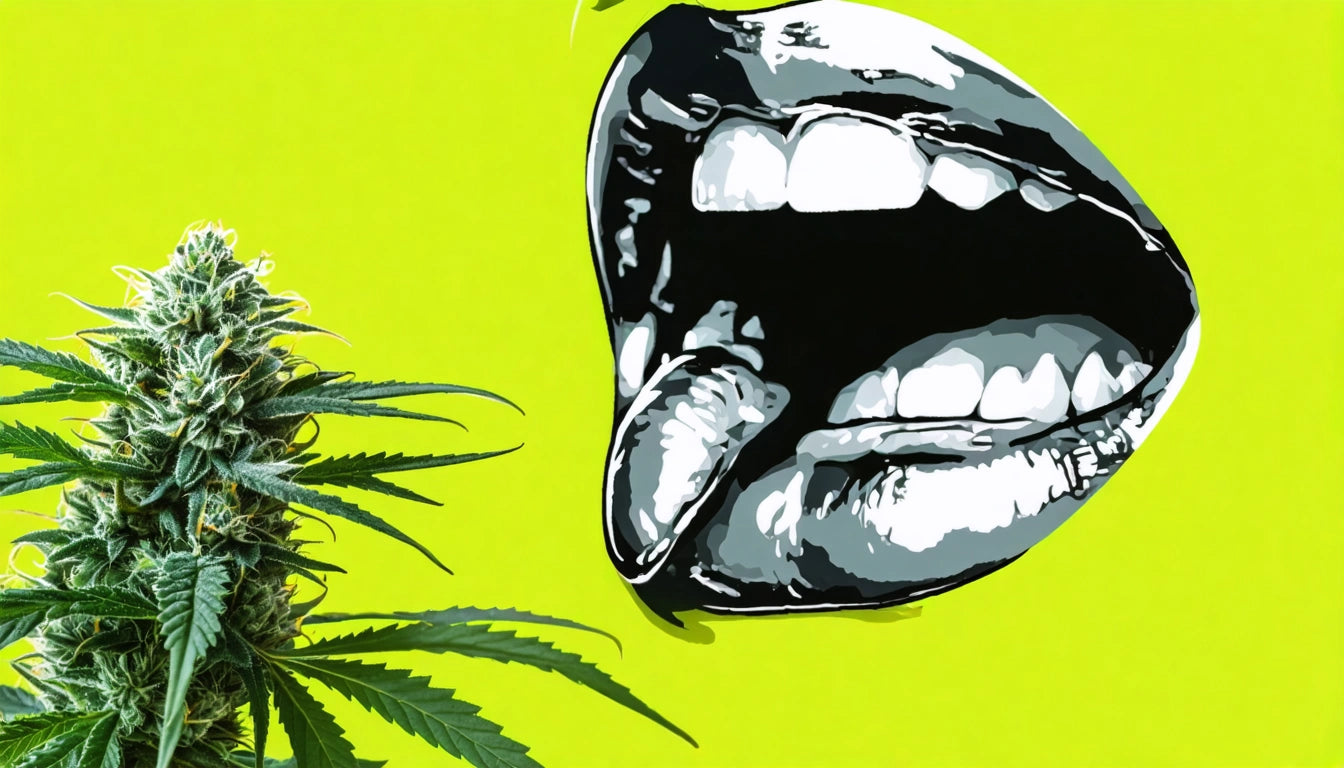Table of Contents
- Cannabis Leaf Basics: Structure and Function
- Leaf Count by Growth Stage: From Seedling to Mature Plant
- Factors Affecting Leaf Development and Count
- Leaf Variations: Indica, Sativa, and Hybrid Differences
- Cultivation Considerations for Optimal Leaf Health
- Leaf Management Best Practices for Cannabis Growers
How Many Leaves Does a Cannabis Plant Have?
Cannabis plants display remarkable variation in leaf count throughout their lifecycle. While the iconic cannabis leaf with its serrated edges and distinctive shape is instantly recognizable, understanding the actual number of leaves on a plant requires examining several factors including genetics, growth stage, and environmental conditions.
Cannabis Leaf Basics: Structure and Function
The cannabis leaf is compound, meaning each leaf consists of multiple leaflets arranged in a palmate pattern. A mature cannabis leaf typically has 5-9 leaflets, though this number varies by strain and growing conditions. According to experts on cannabis leaf identification, these leaflets extend from a central point, creating the fan-like appearance that has become synonymous with cannabis culture.
Each leaf serves crucial functions for the plant:
- Photosynthesis: Converting light energy into chemical energy
- Transpiration: Regulating water movement through the plant
- Gas exchange: Facilitating oxygen and carbon dioxide transfer
- Temperature regulation: Cooling the plant through evaporation
Leaf Count by Growth Stage: From Seedling to Mature Plant
Seedling Stage (1-3 weeks)
A cannabis seedling emerges with a pair of rounded cotyledon leaves, followed by its first true leaves. At this stage, a cannabis plant has just 2-6 leaves total, with each leaf containing only 1-3 leaflets. These early leaves are simpler in structure compared to mature fan leaves.
Vegetative Stage (3-16 weeks)
During vegetative growth, cannabis plants experience explosive leaf production. A healthy plant in this phase can develop 20-30 new leaves per week, with the total leaf count potentially reaching several hundred on a mature plant. Each new leaf typically contains more leaflets than earlier leaves, usually 5-7 leaflets per leaf for most strains.
Flowering Stage (8-11 weeks)
As the plant transitions to flowering, leaf production slows dramatically. The plant redirects energy to flower development, and cannabis plants begin producing smaller, simpler leaves near the buds. These "sugar leaves" often have just 1-3 leaflets and are typically covered in trichomes.
Factors Affecting Leaf Development and Count
Several factors influence how many leaves a pot plant has:
Genetics
Strain genetics play a significant role in determining leaf characteristics. Indica strains typically produce broader leaves with 7-9 leaflets, while sativa varieties tend to have narrower leaves with 9-13 leaflets. Hybrid strains show intermediate characteristics depending on their genetic makeup.
Growing Environment
Environmental factors significantly impact leaf development. Plants grown in optimal conditions with proper humidity control and moisture regulation typically develop more robust foliage. Using specialized products to maintain ideal growing conditions can result in healthier plants with more abundant leaf growth.
Training Techniques
Cultivation methods like topping, fimming, and low-stress training can dramatically increase leaf count by promoting lateral growth and multiple main colas. Maximizing cannabis yield through these techniques often results in plants with significantly more leaves than untrained specimens.
Leaf Variations: Indica, Sativa, and Hybrid Differences
When asking how many leaves are on a pot leaf, it's important to distinguish between different cannabis varieties:
- Indica leaves: Typically broader, darker green, with 7-9 wider leaflets
- Sativa leaves: Usually narrower, lighter green, with 9-13 slender leaflets
- Hybrid leaves: Display characteristics of both parent strains, often with 7-11 leaflets
- Ruderalis leaves: Smaller overall, with 5-7 leaflets and less pronounced serration
These variations help explain why there's no single answer to how many leafs on a marijuana plant. The total depends heavily on the specific genetics being grown.
Cultivation Considerations for Optimal Leaf Health
For cannabis cultivators, understanding leaf development informs several key practices:
Defoliation
Strategic removal of leaves can improve light penetration and air circulation. However, excessive defoliation can stress the plant and reduce photosynthetic capacity. Most growers recommend removing no more than 20-30% of leaves at once.
Diagnosing Plant Health
Leaves serve as excellent indicators of plant health. Changes in leaf appearance, such as yellowing, spotting, or curling, can signal nutrient deficiencies, pH imbalances, or pest problems. Understanding cannabis plant growth patterns helps growers identify and address issues early.
Legal Considerations
In some jurisdictions, plant counts are legally restricted. Legal limits on growing pot plants vary significantly by location, making it essential for growers to understand local regulations.
Leaf Management Best Practices for Cannabis Growers
To optimize cannabis cultivation, consider these approaches to leaf management:
- Monitor leaf development as an indicator of overall plant health
- Maintain proper spacing between plants to ensure adequate light reaches all leaves
- Practice selective defoliation to improve air circulation and light penetration
- Save and use trim leaves for extractions or other purposes
- Adjust growing techniques based on observed leaf characteristics
Understanding how many leaves a cannabis plant has throughout its lifecycle provides valuable insights for both novice and experienced growers. By recognizing the normal patterns of leaf development and the factors that influence them, cultivators can better optimize their growing environments and techniques for healthier plants and improved yields.
Whether you're growing for personal use where legally permitted or simply interested in cannabis botany, appreciating the complexity and variability of cannabis leaf development adds another dimension to understanding this remarkable plant.











Leave a comment
All comments are moderated before being published.
This site is protected by hCaptcha and the hCaptcha Privacy Policy and Terms of Service apply.